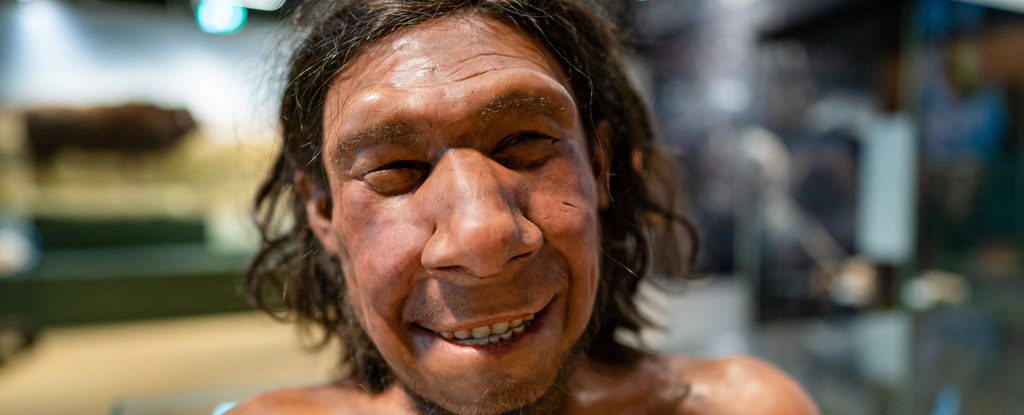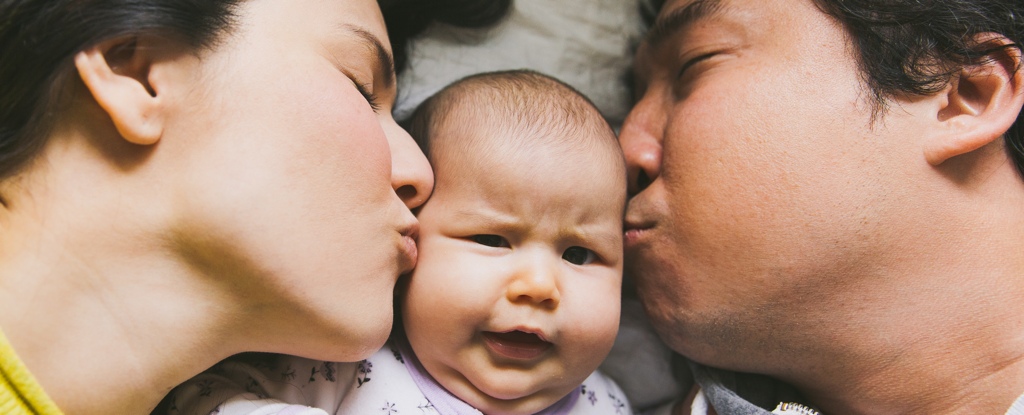As you walk through the forest and pass a beehive, you might smell the sweet scent of honey on the wind and suddenly be flooded with memories: drinking tea with grandma or eating warm cookies on a Sunday morning.
If you take this walk 300,000 years ago with a Denisova – a now extinct hominid closely related to him homo sapiens and first discovered in 2010 – by the time you smell the honey, your companion might be climbing the tree for a sugary treat.
That’s because Denisovans seem to have been particularly sensitive to sweet smells like honey or vanilla, new research published in the diary iscience in January proposes. That may have helped them find food.
Meanwhile a group of a related species – Neanderthals – developed a mutation that could have spared them the smell of their own body odors.
Humans have great genetic diversity in our olfactory receptors, which control smell, allowing us to recognize a wide range of smells.
Researchers believe this helped humans adapt to new environments as they spread across the globe, sniffing out new foods and new predators.
It’s a common notion that people have one bad sense of smell, compared to dogs, for example. But dogs live so differently in the world that the comparison might not mean much.
Our earliest relatives understand – the others homo Species that migrated with us from Africa – can provide better context for our own sense of smell and give us a glimpse of life at our origin.
Researchers Kara Hoover, a biological anthropologist from the University of Alaska at Fairbanks who now works at the National Science Foundation, and Claire de March, a biochemist at Université Paris-Saclay, reconstructed olfactory receptors from the genes of three Neanderthalsone Denisova, an ancient human, and a database of modern human genomes. It was an attempt to recreate the noses of our closest ancient relatives.
“We really need to understand each other in our own context,” rather than comparing humans to dogs or mice, as previous research on olfactory receptors has done, Hoover said. “When people look at people, they see us as this bizarre outlier. But in reality we weren’t.”
Bringing old noses to life in the lab
Hoover compared the Neanderthal and Denisovan genomes to those of humans and targeted 30 olfactory receptors – genes that enable us to detect smells.
She identified 11 receptors that contained unique DNA variations in the extinct species, variations not found in humans.
Then de March built these unique receptors in the lab by mutating human receptors to match the amino acid sequence of the extinct Neanderthals or Denisova.
She then exposed the defunct receptors to hundreds of smells and gauged their responses by how quickly and intensely they lit up with activity.
The sample size in this study was small because only a few individual Neanderthals and Denisovans were genetically mapped.
University College Dublin’s Graham Hughes, who studies sensory perception in mammalian genomes and is not involved in the study, also noted that DNA degrades over time, which can affect the results of any ancient genome assessment.
Still, “The fact that we can now look at the genomes of ancient species and determine their possible sensory spaces and dietary specialties is very exciting for the field of sensory perception,” Hughes said in an email to Insider.
To Hoover’s surprise, Neanderthals, Denisovans, and humans all seemed to have the same repertoire of smells.
It wasn’t that our extinct relatives could smell scents that were imperceptible to humans, or vice versa. Instead, it turned out that the Denisovan had a more sensitive nose than humans, while Neanderthals appeared to have weaker noses — particularly in a foul body odor group.
A lucky mutation for cave-bound Neanderthals
One of the Neanderthals had a genetic mutation that reduced his ability to smell androstadienone — a chemical associated with the smell of urine and sweat. This could have been of great help to those living in caves in close proximity to other Neanderthals.
“It’s kind of funny that of all the things they would stop smelling, that would be it,” Hoover said.
The Neanderthal used in the study represents an entire population of the species that lived at high altitudes in Siberia. The other Neanderthal samples from different parts of the world did not have this mutation.
Only two smell-related genes from the Neanderthal genome differed from those of humans.
A Denisovan by any other name would smell which is “cute”.
The Denisovans’ penchant for sniffing out sweet scents may have helped them find high-calorie, sugary foods like honey. Its receptors also reacted with increased sensitivity to spicy smells such as cloves or herbs.
Hoover described this as one of the first biological discoveries we have about Denisovans.
It’s difficult to jump from genetic information to the activity of olfactory receptors, and then to an individual’s subjective sensory experiences — let alone how they might behave in response.
“Each person may perceive things a little differently, and we can never say that what we smell as ‘sweet’ is the same as what another species would consider ‘smelling sweet,'” Graham said.
Still, the study bridges the gap between DNA and the real-world experience of our extinct relatives. More research like this, with more samples of ancient genomes, could reveal a clearer picture of Neanderthal and Denisovan life.
“Ultimately, our work showed us that we’re more similar than different when it comes to smell,” Hoover said.
This article was originally published by Business Insider.
More from Business Insider:





